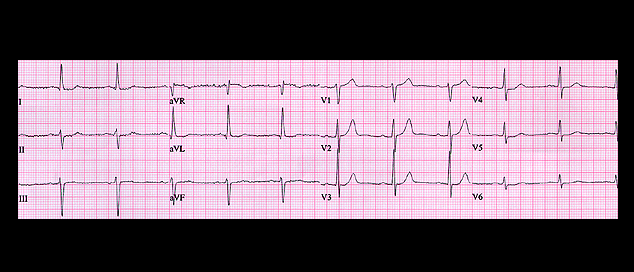
This ECG is from an obese 54 year old male cigarette smoker with a family history of coronary artery disease who was taken to the emergency department because of crushing chest pain and nausea. His BP was 100/70 and he was diaphoretic. How would you interpret this ECG and how would you have managed this patient?
